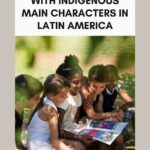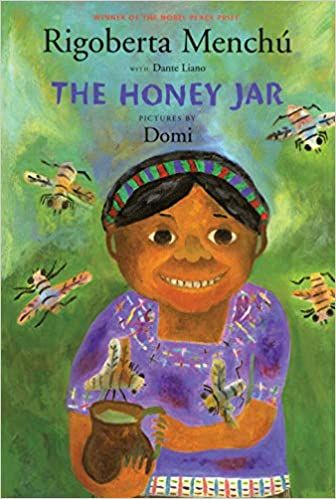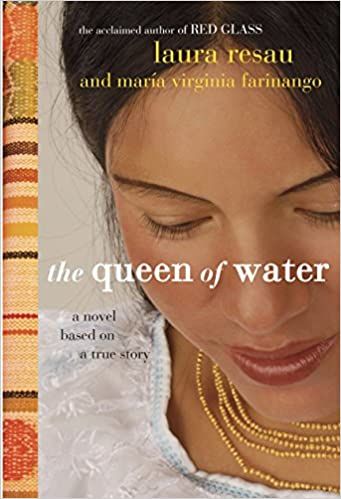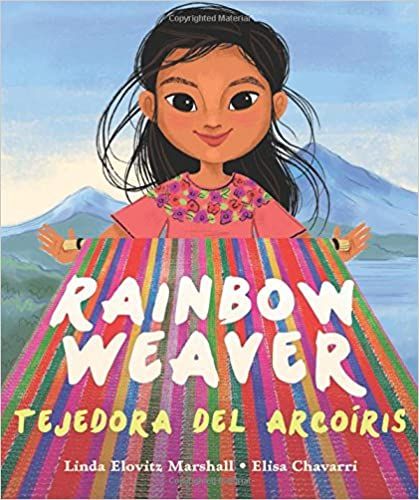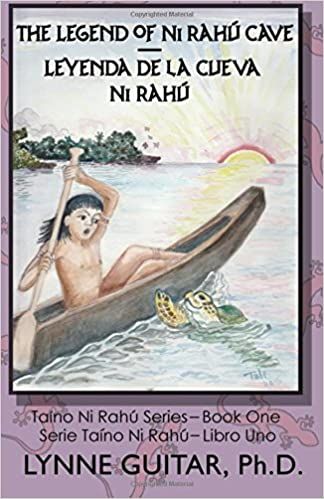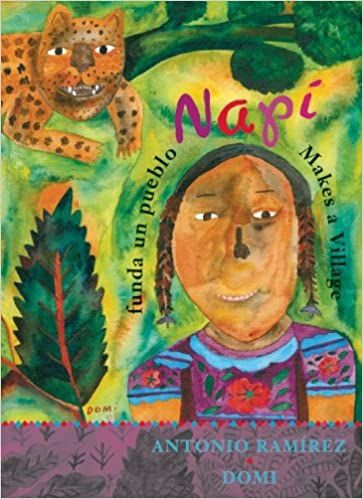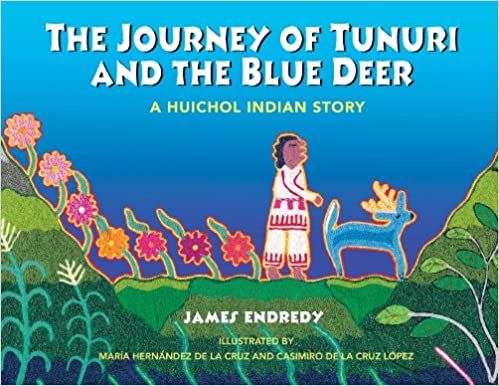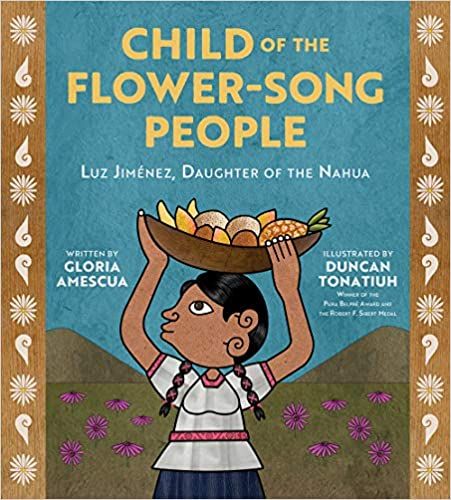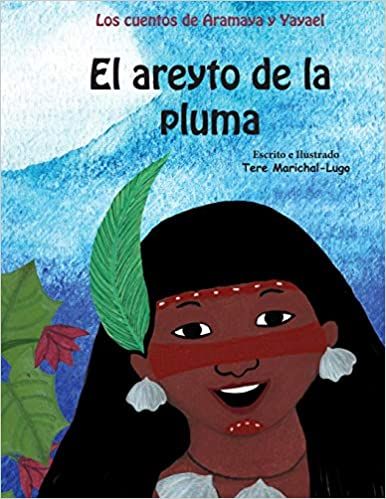In a way it’s not surprising, considering how indigenous communities all over the world have been and continue to be discriminated against in many ways. And that includes in Latin America. This is wrong, without a doubt. At the same time, there are activists and allies that continue to fight for the rights of Indigenous communities, despite it all. That’s amazing. One way to teach youngsters about Indigenous people is through books. The following titles are in English or Spanish (or both), and all feature Indigenous children as main characters. Menchú is a long-time human rights activist, that advocates for Indigenous people. Among her many recognitions, she was awarded the Nobel Peace Prize in 1992. She is K’iche’ Maya, and lives in exile because of threats she’s received due to her activism. In addition, Menchú is the author of several other books that have also been illustrated by Domi. The book has two authors: it’s based on Farinango’s early experiences, and written with Laura Resau (an anthropologist). Ultimately, she realizes that she can use the plastic bags that are all over her village to weave. Not only does this story introduce readers to Mayan traditions and words, it’s also discusses recycling. The book, illustrated by Elisa Chavarri, is in both English and Spanish. This is the first book in a ten-book series, and they’re all in English and Spanish. Illustrated by Domi, and translated by Elisa Armando, this books is in English and Spanish. Tunuri is the main character. He meets a Blue Deer that teaches him about nature. The deer, which is a messenger between worlds, also helps Tunuri while he’s lost in the woods. Notably, two Huichol artists illustrated this story using traditional yarn art: María Hernández de la Cruz and Casimiro de la Cruz López. Also, this book includes a timeline and glossary. Duncan Tonatiuh illustrated the book, in his signature style. To put it simply, the areyto is a ceremony featuring dancing, singing, and storytelling by Taínos. They’re an Indigenous community that lived in various Latin American countries, including the Caribbean.
